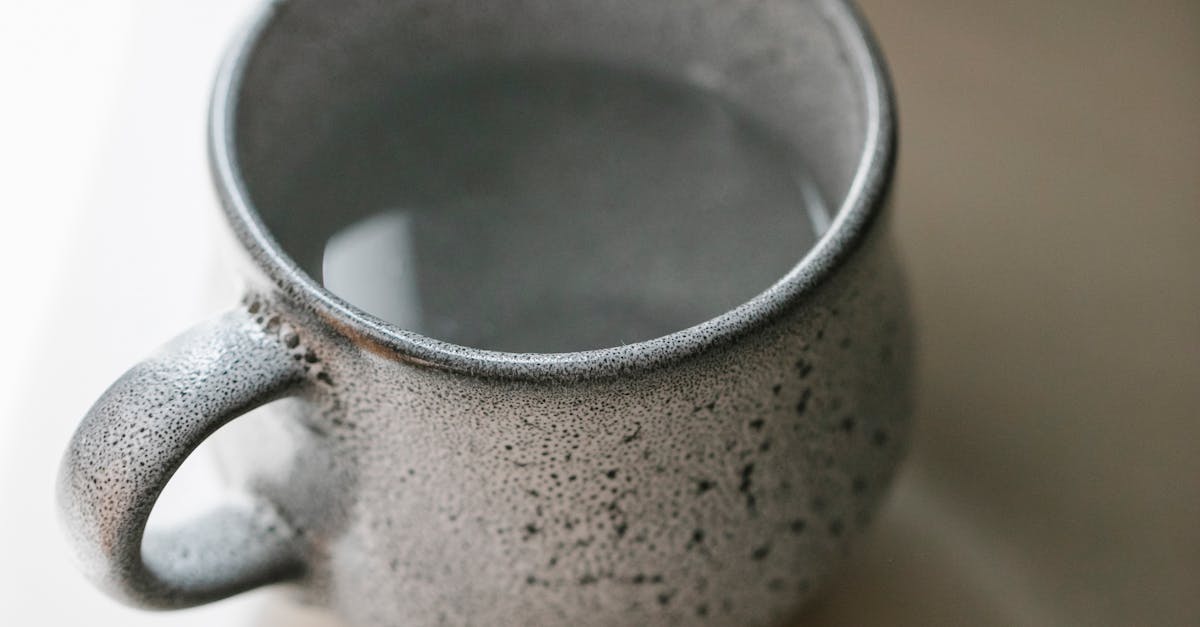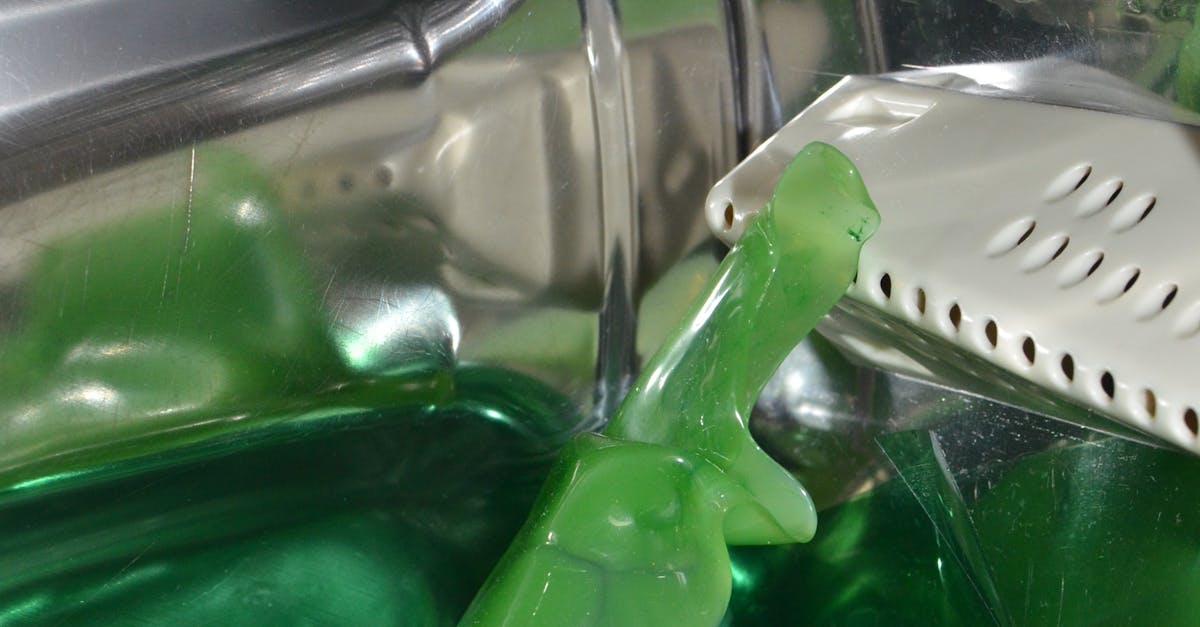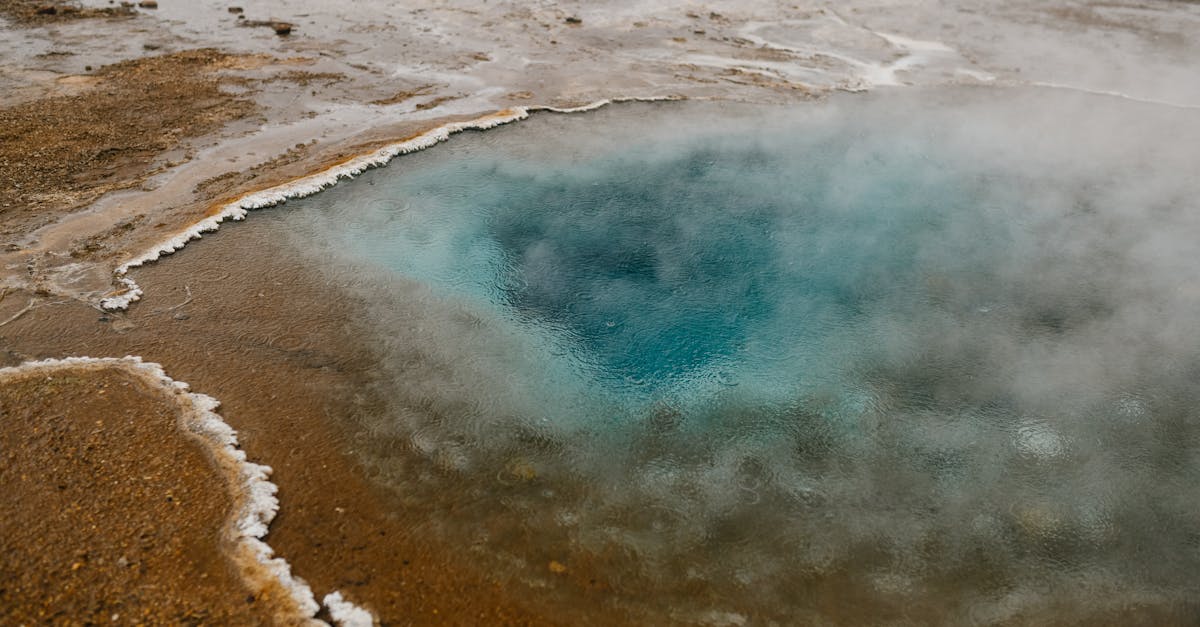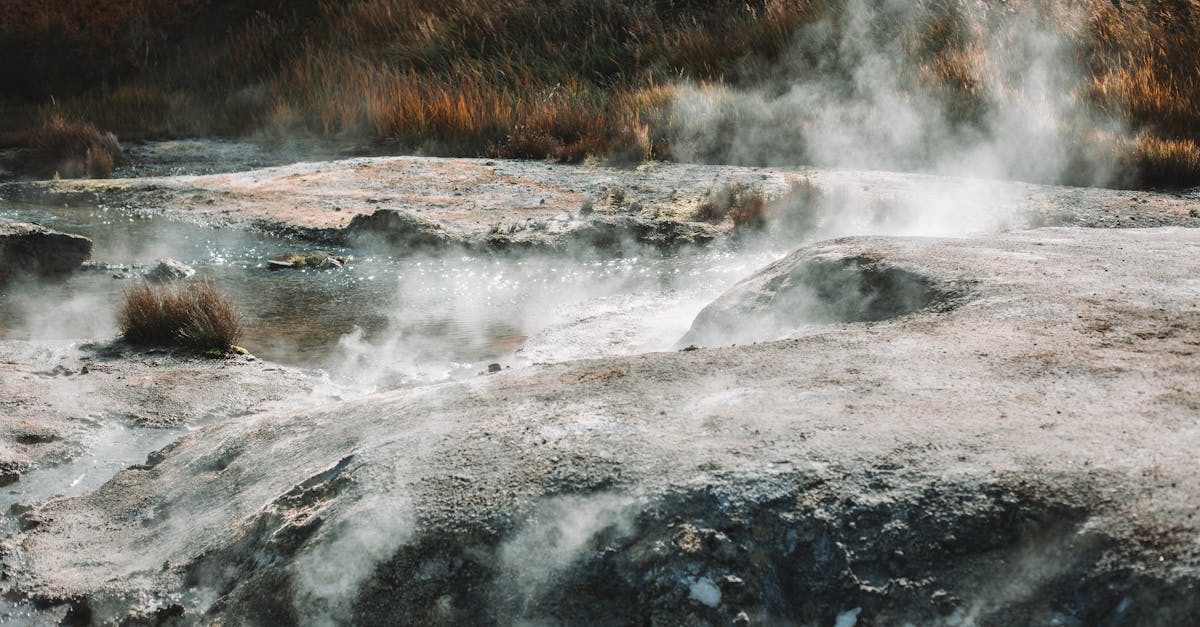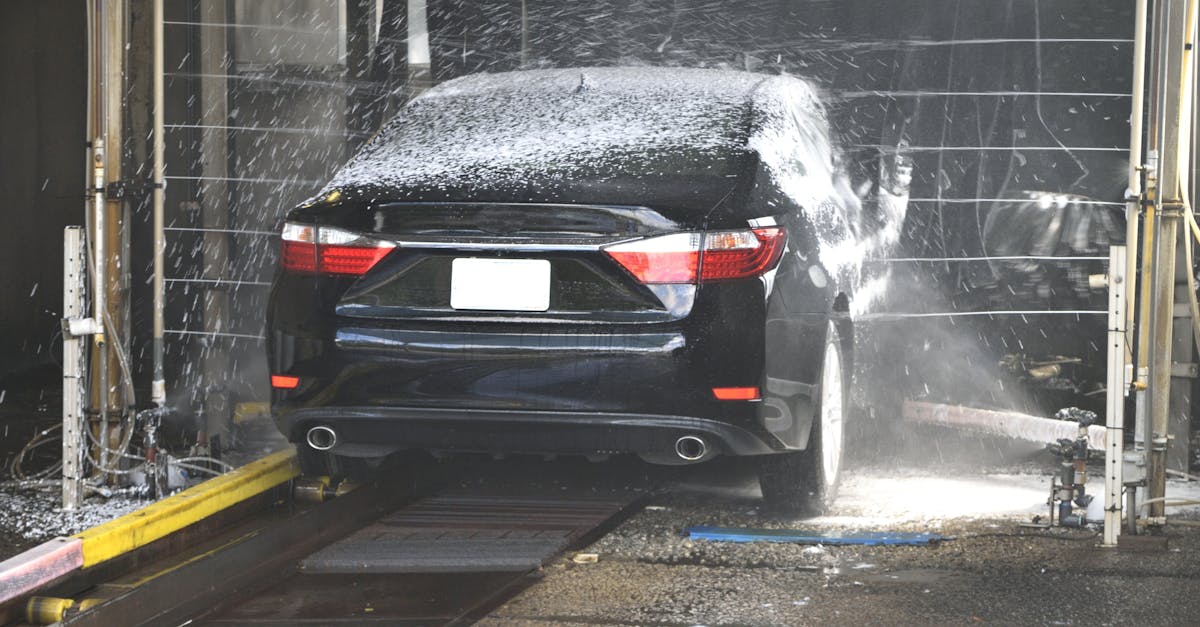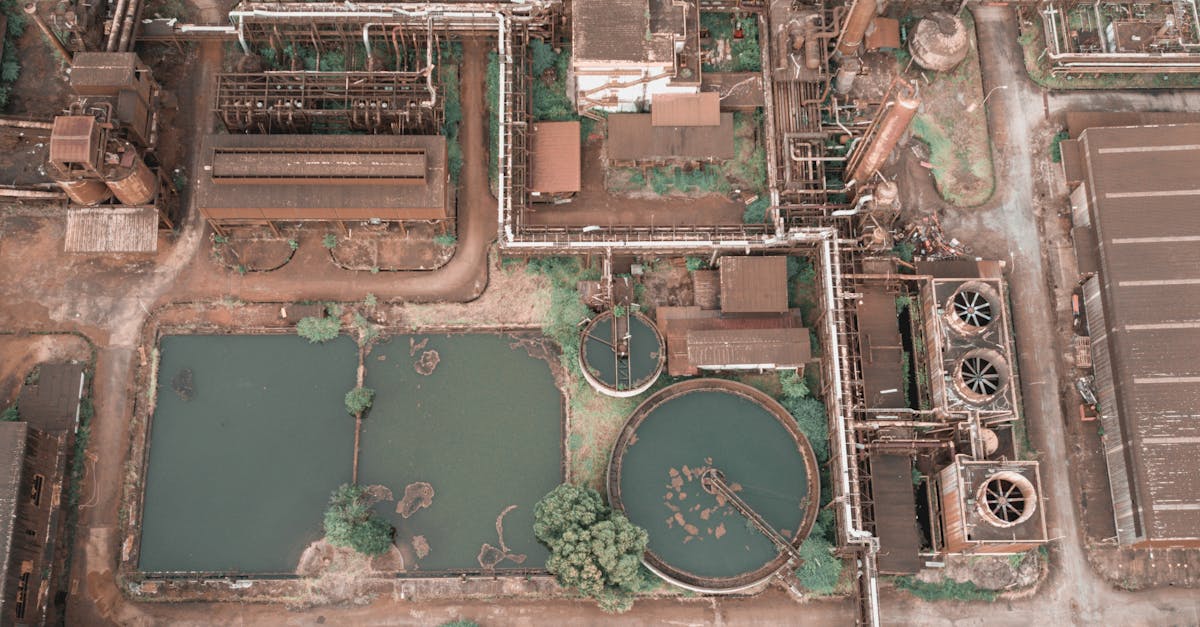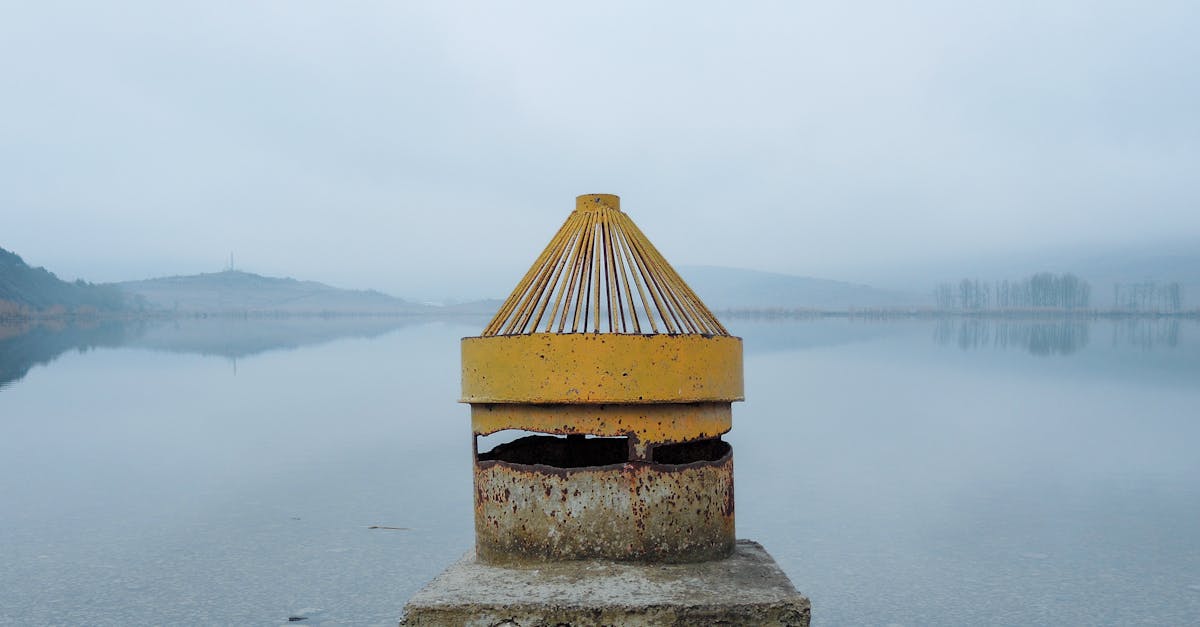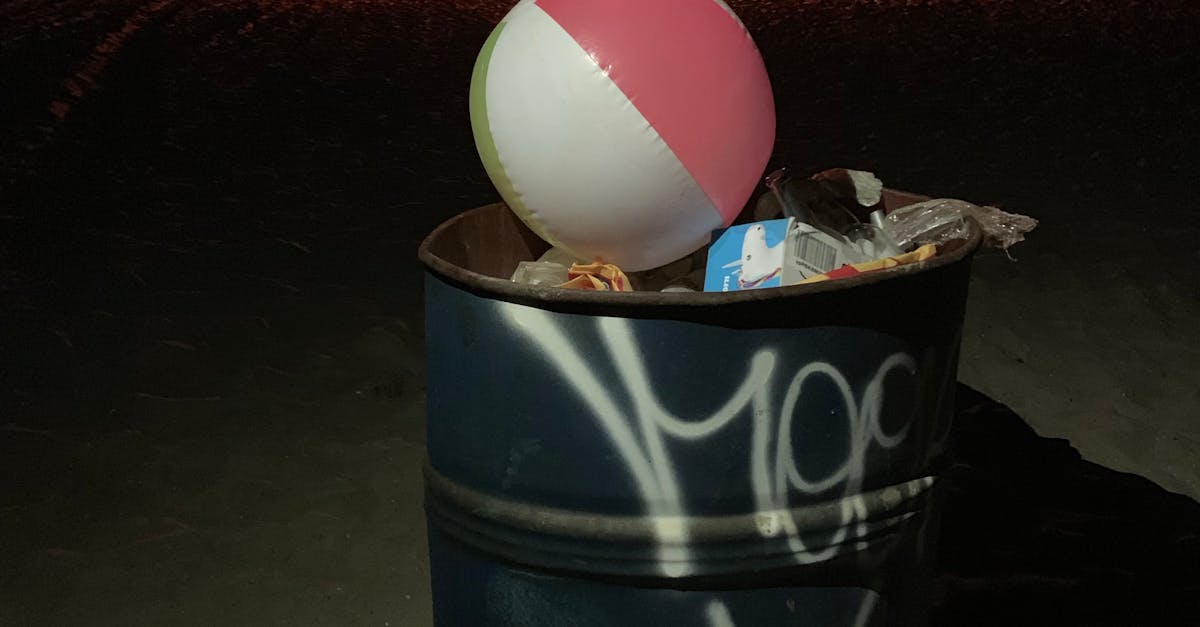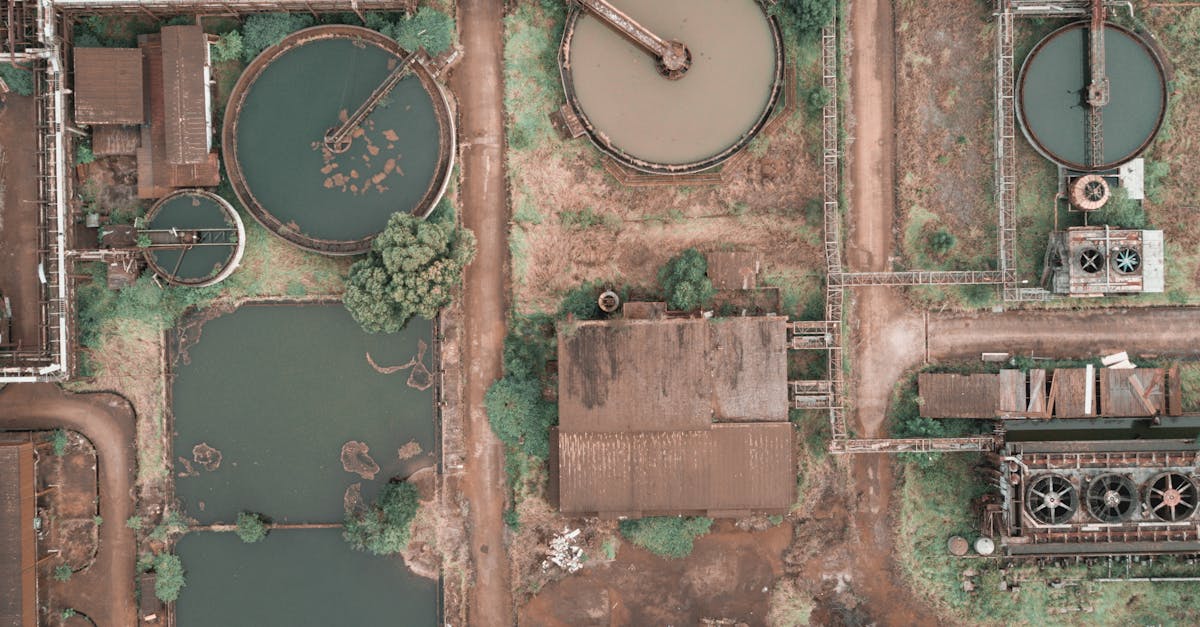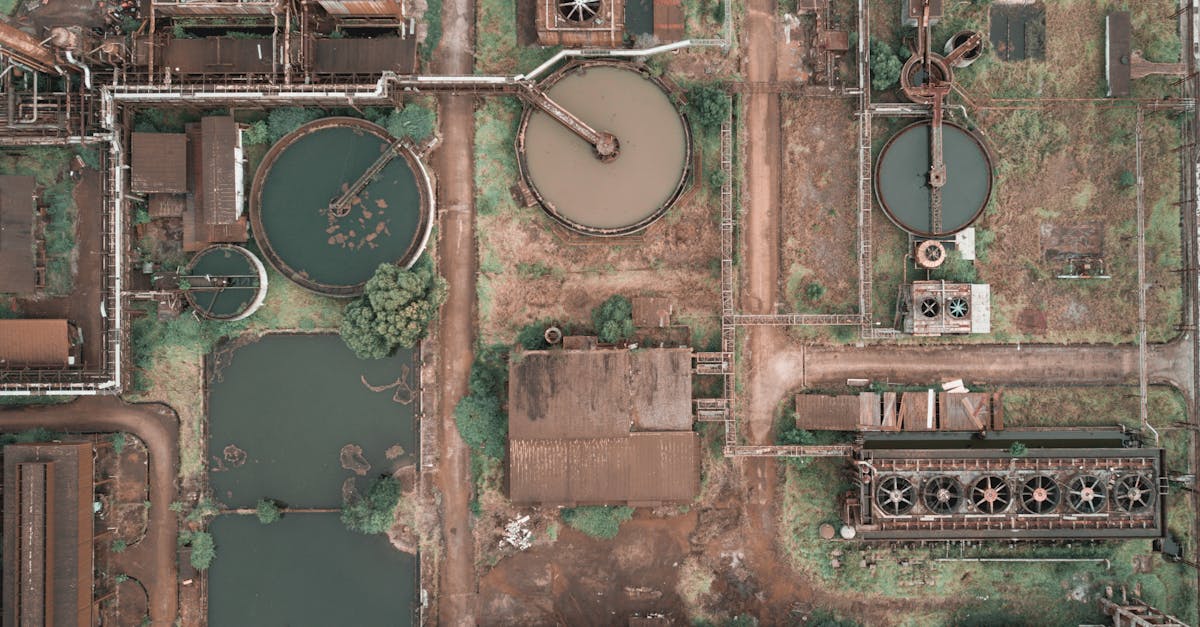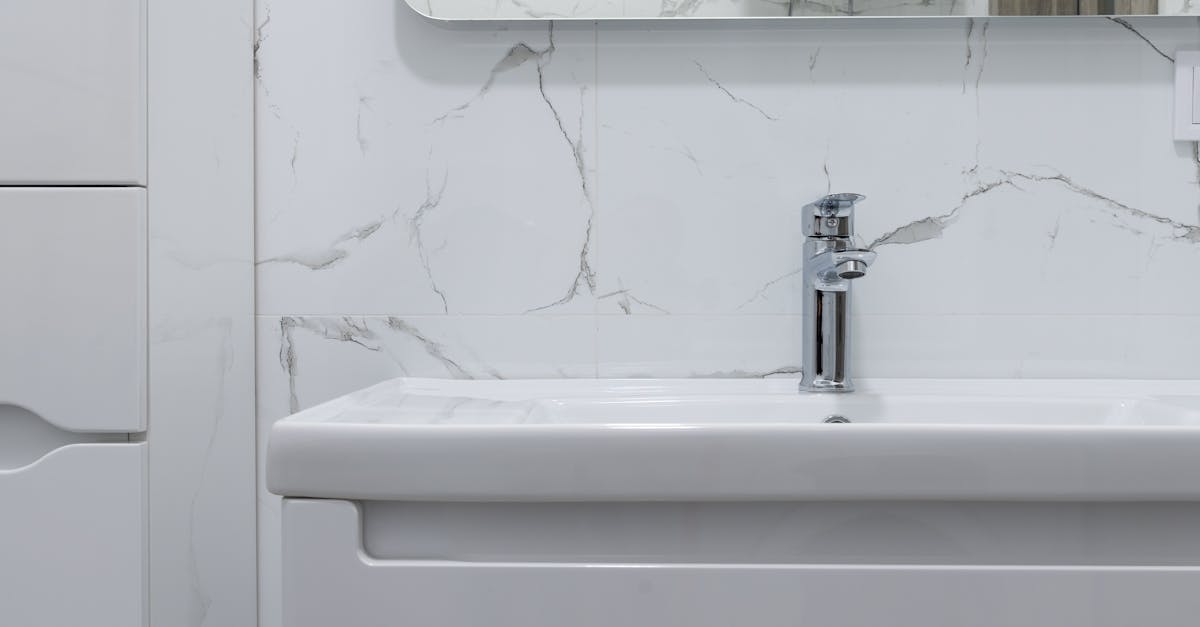
Table Of Contents
Verifying Thermostat Settings
Verifying thermostat settings is a crucial step in conducting hot water system inspections. Start by checking the thermostat to ensure it is set at the optimal temperature for efficient operation. A recommended setting for most households in Australia is around 50 degrees Celsius to prevent scalding and minimize energy wastage. Additionally, confirming that the thermostat is functioning correctly will help maintain a consistent supply of hot water throughout your home.
Regularly reviewing and adjusting the thermostat settings as needed can improve the overall performance and longevity of your hot water system. By maintaining the correct temperature setting, you can also contribute to energy savings and a more sustainable use of resources. Remember, during your routine inspections, always keep an eye on the thermostat settings to ensure your hot water system is operating at its best.
Ensure the thermostat is set correctly for optimal performance
Check the thermostat settings regularly as part of your hot water system inspections to ensure optimal performance. The thermostat should be set to the appropriate temperature for efficiency and safety. If the setting is too low, you risk not having hot water when you need it, while setting it too high can lead to scalding and energy wastage. Verify that the thermostat is correctly adjusted according to the manufacturer's recommendations to maintain a balance between comfort and economy.
Incorrect thermostat settings can impact the effectiveness of your hot water system, resulting in inconvenience and potential damage. Make it a habit to check and adjust the thermostat as needed to meet your household's hot water demands efficiently. During your routine hot water system inspections, take the time to ensure that the thermostat settings are in line with best practices for safety, performance, and energy savings.
Flushing the Tank
Regularly flushing out the tank of your hot water system is essential in maintaining its efficiency over time. Sediment buildup within the tank can lead to various issues such as reduced heating capacity and increased energy consumption. Hot water system inspections should include a step for flushing the tank to remove any sediment that has accumulated.
When flushing the tank, it is recommended to drain out a few litres of water every few months to help prevent the buildup of sediment. This simple maintenance task can significantly extend the lifespan of your hot water system and ensure it continues to operate at its best. Hot water system inspections should always prioritize the flushing of the tank to maintain optimal performance and efficiency.
Regularly flush out the tank to remove sediment buildup
When it comes to maintaining your hot water system, regular flushing of the tank to eliminate sediment buildup is crucial. This process helps ensure the efficient performance and longevity of your system. Sediment accumulation can lead to decreased water heater efficiency and even potential damage if left unchecked. By conducting routine maintenance tasks such as flushing out the tank, you can prevent these issues and keep your hot water system operating optimally.
Hot Water System Inspections should include a schedule for flushing the tank to remove sediment at recommended intervals. This preventive measure not only helps in maintaining the efficiency of your water heater but also contributes to extending its lifespan. By adhering to a regular flushing routine, you can reduce the likelihood of sediment causing blockages or affecting the overall performance of your hot water system. Regular maintenance is key to ensuring that your water heater continues to provide reliable hot water when you need it most.
Listening for Unusual Noises
Listening for Unusual Noises
Hot water system inspections should always involve paying attention to any strange sounds coming from the unit. These noises can often be a warning sign of underlying issues that require prompt attention. If you hear popping, banging, or rumbling sounds emanating from the hot water system, it could indicate sediment buildup in the tank. In such cases, flushing out the tank to eliminate the sediment can improve the system's efficiency and prolong its lifespan.
Moreover, gurgling or whistling noises might suggest there is air trapped in the system or a potential leak. Ignoring these sounds can lead to further damage and potentially costly repairs down the track. By regularly listening for and addressing any unusual noises coming from your hot water system, you can ensure its continued operation and avoid unexpected breakdowns.
Pay attention to any strange sounds coming from the hot water system
Pay attention to any unusual sounds emanating from your hot water system as they could indicate underlying issues. Uncommon noises like banging, popping, or rumbling may suggest problems with the heating element, sediment buildup, or even a potential leak. Conducting regular Hot Water System Inspections can help identify these concerning sounds early on, preventing more significant damage or costly repairs down the line.
Ignoring strange noises from your hot water system can lead to decreased efficiency and possibly a complete system breakdown. By promptly investigating any odd sounds, you can address the root cause of the problem before it escalates. So, be vigilant in listening for any irregular noises coming from your hot water system and take appropriate action to ensure its continued performance and longevity.
FAQS
How often should I check my hot water system?
It is recommended to check your hot water system at least once a year to ensure it is functioning properly.
What should I do if my hot water system is not producing hot water?
If your hot water system is not producing hot water, you can start by checking the thermostat settings to make sure they are correct.
How do I flush out the tank of my hot water system?
To flush out the tank of your hot water system, you can connect a hose to the drain valve at the bottom of the tank and let the water run until it appears clear.
What are some common signs that indicate a problem with my hot water system?
Some common signs that indicate a problem with your hot water system include unusual noises coming from the system, inconsistent water temperature, and visible leaks.
Is it important to listen for unusual noises coming from the hot water system?
Yes, it is important to listen for unusual noises coming from the hot water system as they can indicate potential issues that need to be addressed.




